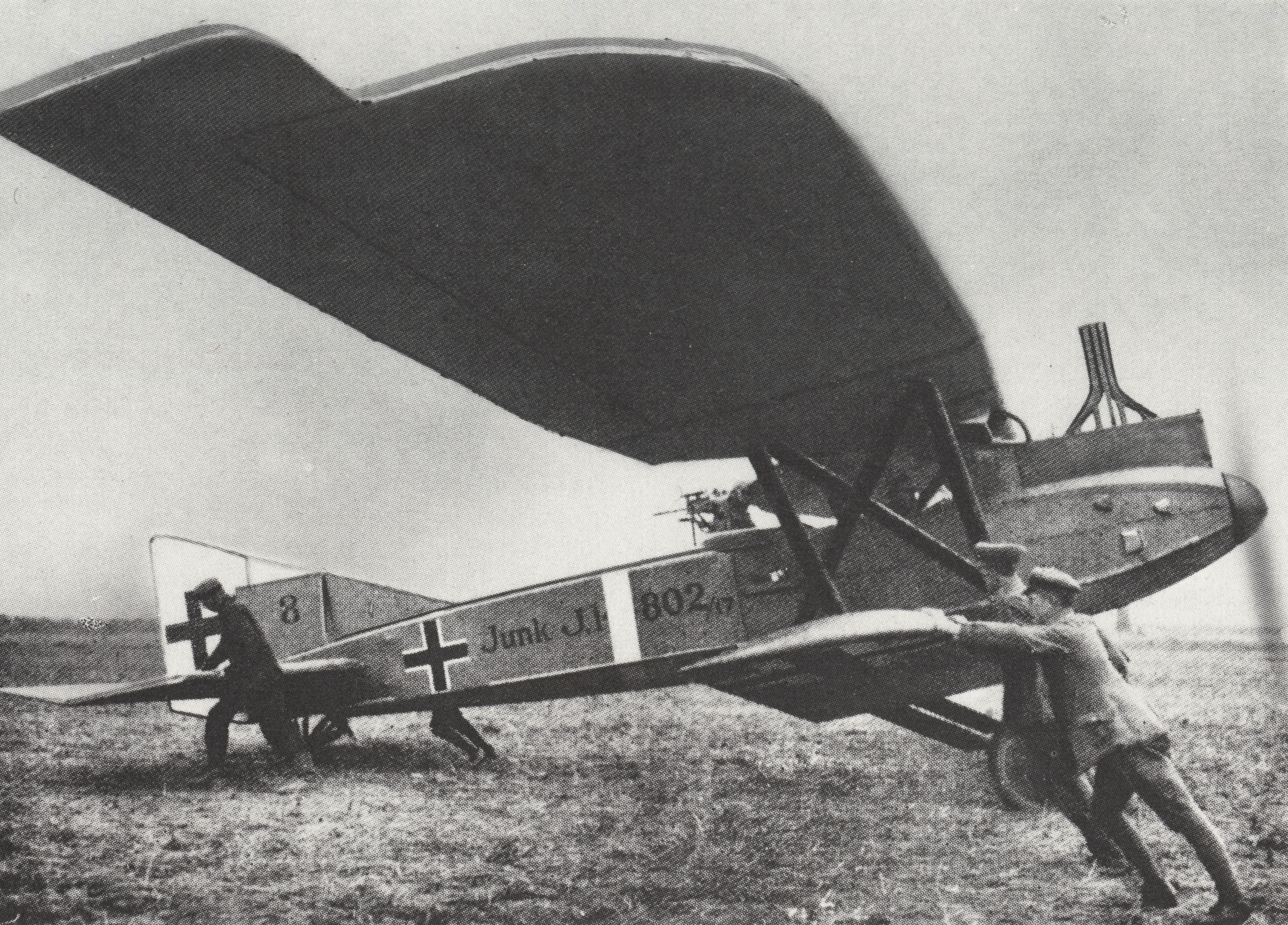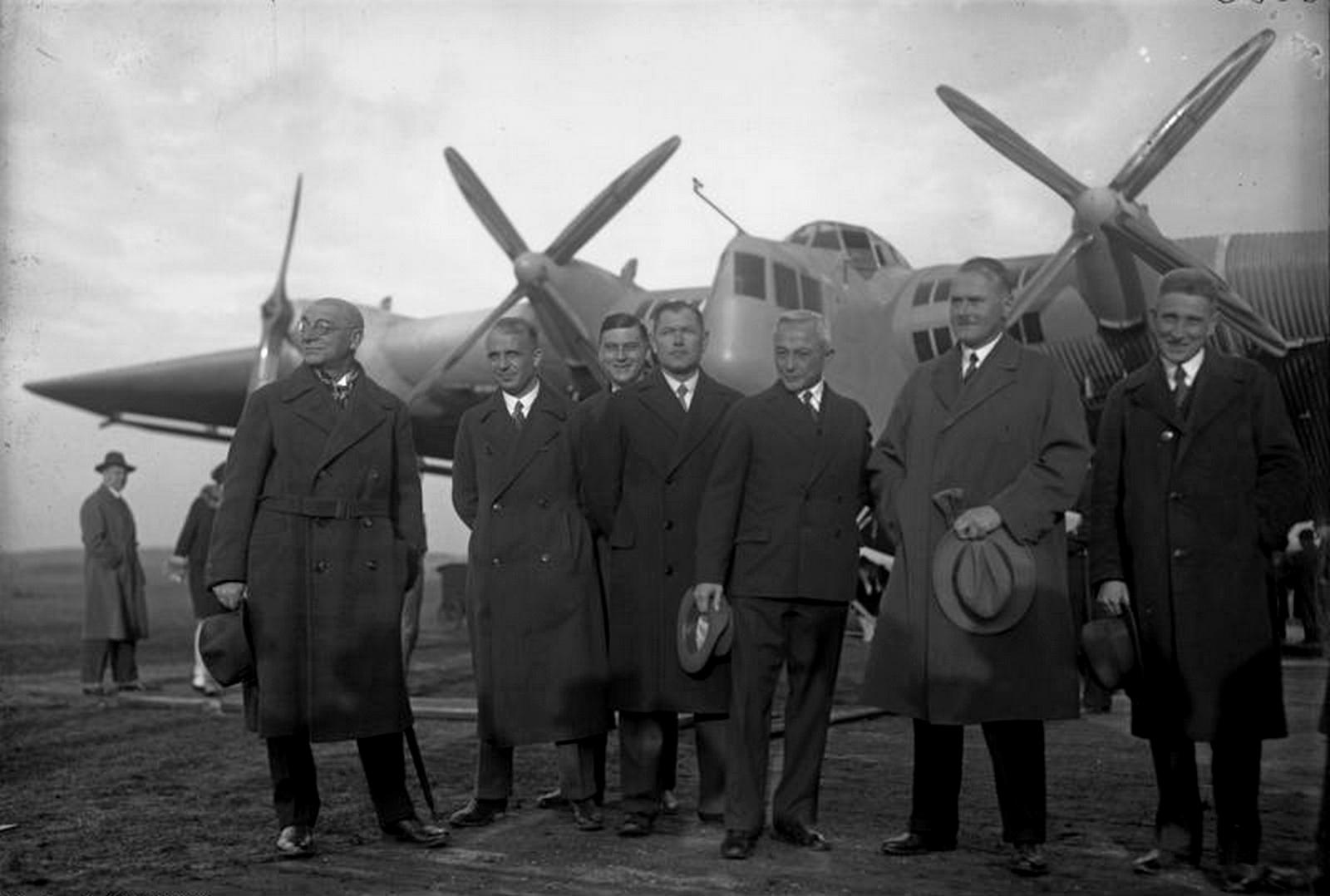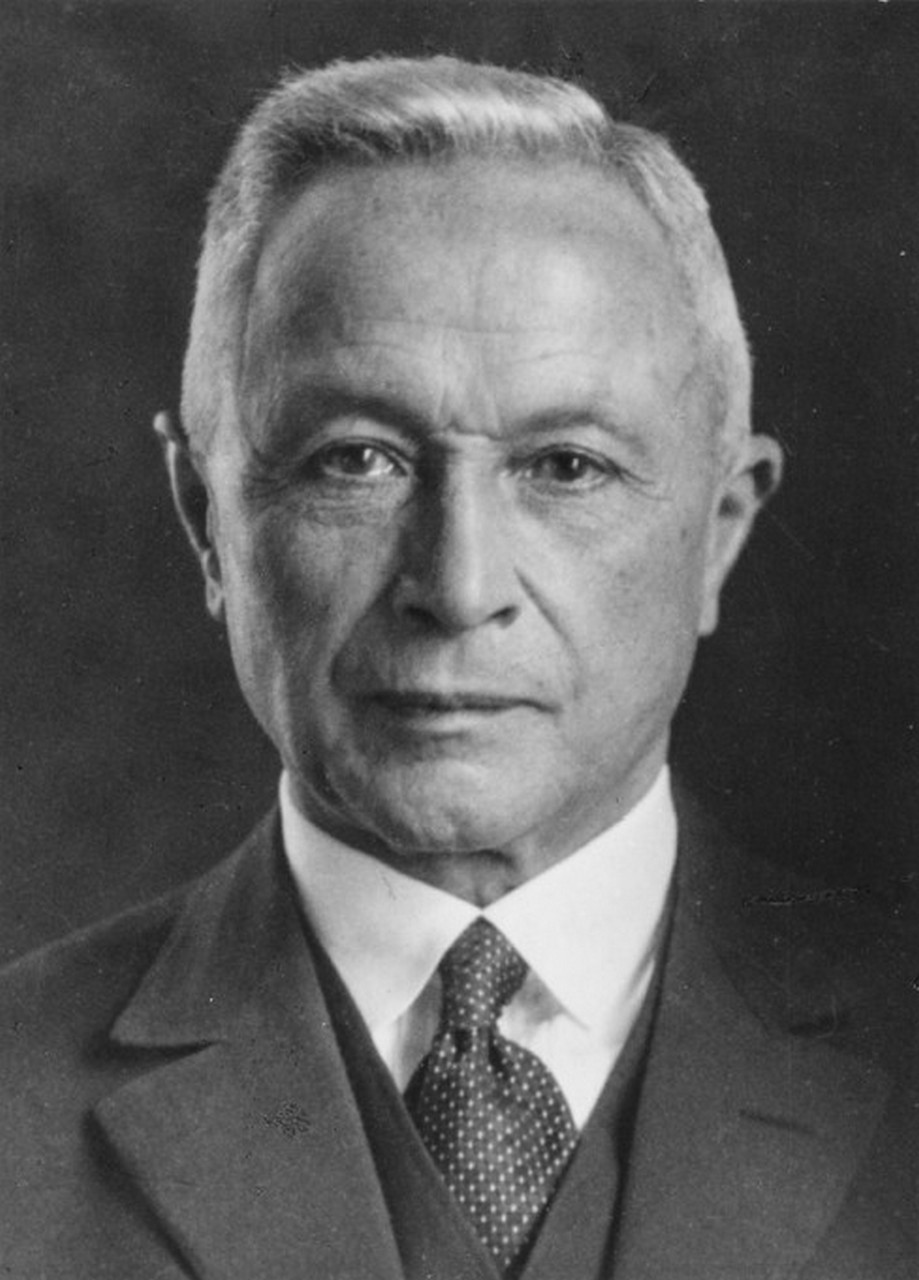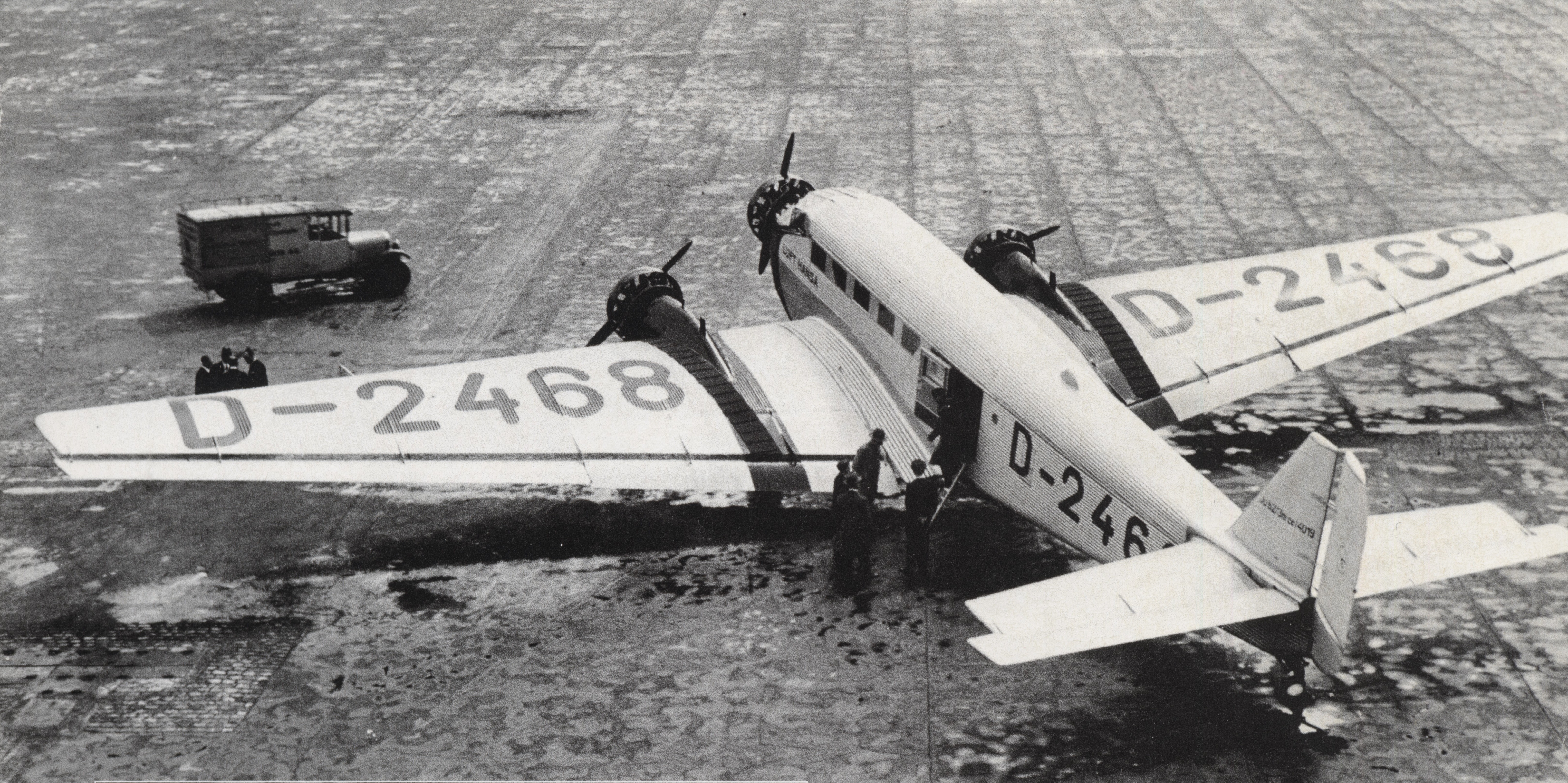Hugo Junkers
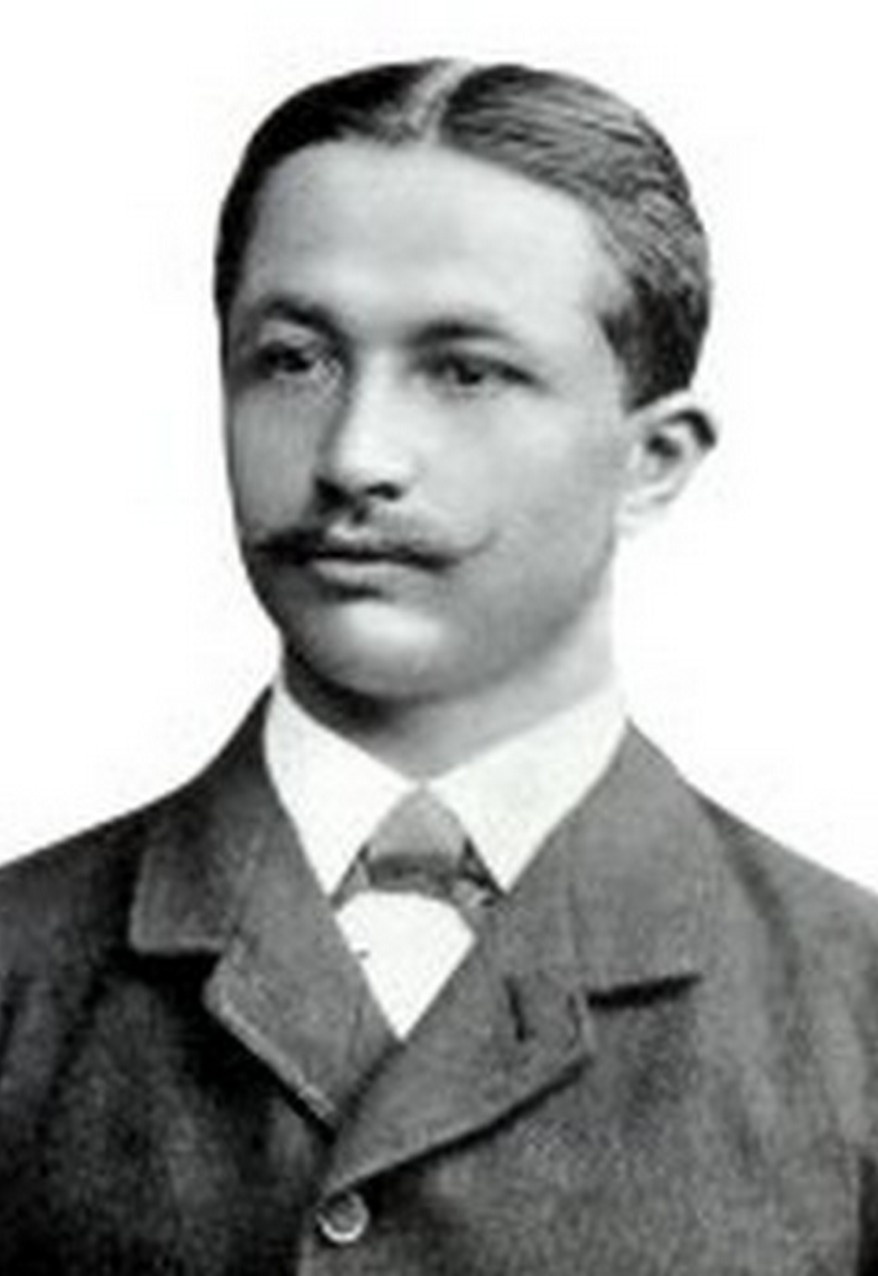
Hugo Junkers – the founder of all-metal aircraft construction
Hugo Junkers was born on February 3, 1859, in the town of Raidt (now part of Mönchengladbach, North Rhine-Westphalia). He was the third of seven children of cotton mill owner Heinrich Junkers and his wife Luise. The family was affluent and able to provide a good education for their children. After completing 9 years of schooling in Raidt, Hugo spent an additional 3 years at a trade school in Barmen. He obtained his higher education at the technical universities of Berlin and Aachen, earning his engineering diploma in 1883. The young specialist specialized in thermodynamics. During his studies, Hugo was recognized for his talent as a designer and researcher, and soon he demonstrated his entrepreneurial skills as well.
After working as an engineer at various companies, Junkers founded his own company in Dessau, specializing in the production of gas heating devices. In 1894, he patented a household gas water heater, a device still used in many Ukrainian homes. Overall, Junkers had numerous inventions related to heating systems, which brought him significant wealth and allowed him to channel his creative abilities into other areas, including aviation.
In 1897, Junkers became a professor at the Technical University in Aachen. In 1911, he began wind tunnel tests of aircraft models at the university. Shortly afterward, he built his own wind tunnel in Dessau.
Thanks to his scientific approach, Junkers formulated the concept of the future aircraft: an all-metal monoplane with a thick-profile wing. Such a design had never existed before in the world. Its construction was challenging but marked a true technological breakthrough. Steel tubes and sheet iron up to 1 mm thick were used in the construction. On December 12, 1915, Junkers' first aircraft, the J1, nicknamed "Tin Donkey," took to the air.
The fronts of World War I demanded increasingly more new aircraft. However, it took Junkers quite some time to interest the military in his advanced ideas. Only in November 1916 did he receive an order for a two-seater all-metal semi-biplane for infantry support and close reconnaissance. The aircraft, designated J4, was given the military name Junkers J1. Its distinctive feature was the armored fuselage housing the engine, crew cabin, and fuel tank. The wings were all-metal, made of a new aluminum alloy called duralumin. The tail section of the fuselage was made from the same material to reduce weight.
By the end of the war, fewer than 140 armored Junkers had reached the Western Front. They quickly gained the favor of crews, often returning safely from combat with damage, and none were shot down. Despite the small number of these machines, they had a significant impact on the development of military aviation and can be considered ancestors of all armored ground-attack aircraft.
After losing the war, Germany found itself in a difficult situation. It was not allowed to have a military aviation and produce multi-engine civilian aircraft. In this situation, Junkers was able to continue his work. On April 24, 1919, the new aircraft manufacturing company Junkers Flugzeug AG was established. Just two months later, its first aircraft, the F13, took to the sky and proved to be very successful. Essentially, it marked the beginning of passenger aircraft manufacturing. The all-metal, single-engine plane was designed to carry four passengers. The aircraft gained worldwide recognition, with production continuing until 1932. During this time, over 320 units were built in Germany, the USSR, Sweden, and the USA, which was a significant number for that period.
Junkers had high hopes for profits from the concession aircraft manufacturing plant established in the Moscow suburbs in early 1923. In turn, the Bolshevik officials saw another gain in inviting one of the representatives of the "sharks of imperialism" to the "first country of workers and peasants." They aimed to quickly obtain advanced aviation technologies capable of producing modern all-metal aircraft. And they succeeded! The concession existed only for three years, during which 170 aircraft of various types were produced in Fili. However, the main achievement was the factory itself with a complete set of modern equipment, technical documentation, and local experts trained by the Germans. The Bolsheviks no longer needed Junkers' services and terminated the contract at the first opportunity. Shortly afterward, Fili began producing the TB-1 bomber, designed under the guidance of Andrei Tupolev. Its design shamelessly borrowed solutions from the "accursed capitalist."
In the late 1920s, Germany effectively ceased to adhere to the restrictions imposed by the aftermath of the First World War. This allowed Junkers to realize his long-standing idea of creating a massive four-engine passenger aircraft. It was named G38 and made its first flight on November 6, 1929. The highly expensive project was funded by the government. There were virtually no orders for the super-liner, and only two were built at the state's expense, handed over to the airline "Lufthansa."
However, another aircraft from Junkers became a real hit. In 1931, the company introduced the three-engine Ju 52, designed for 15 passengers. It soon earned the affectionate nickname "Auntie Ju" and became popular in many countries. Over 4800 units were produced in Germany alone, and Ju 52 was also built in Spain, France, and Hungary. It was used by both regular passengers and heads of states. Various versions of the aircraft were developed for different purposes and went through several wars, including World War II. In some countries, the operation of Ju 52 transport planes continued until the late 1970s.
In addition to the aircraft manufacturing company, Junkers founded an engine manufacturing firm used in airplanes and other types of machinery. He also owned numerous patents resulting from scientific and design work in thermodynamics, metallurgy, and more.
Junkers held left-liberal political views. In his diary, he once noted: "I do not consider capital, factories, the entire business organism as my private property but as the property of all those involved: from the manager to the last apprentice." Junkers also earned a reputation as a pacifist and supporter of democracy. Therefore, it was not surprising that he began receiving threatening letters from far-right activists. The entire large family, including his wife and their five sons and seven daughters, could be targeted. His family was the most precious aspect of Hugo Junkers' life.
After the Nazis came to power in 1933, they offered Junkers to transfer the aircraft and engine manufacturing companies under state control. He tried to resist, but then a relentless pressure with threats of imprisonment began. His son Klaus, a leading expert at the aircraft manufacturing plant, and his daughter Annelize also faced persecution. The elderly Junkers could not resist for long, and within a few months, he signed everything they demanded from him. His former companies continued to operate under the well-known brand "Junkers," producing new military aircraft that would, in a few years, become symbols of Nazi aggression. However, the renowned designer and scientist had no connection to them.
The authorities allowed the ailing Junkers to settle in the resort town of Bayrischzell in the Bavarian Alps. There, he found himself almost under house arrest, and even his children found it difficult to visit their incapacitated father. Hugo Junkers passed away on his 76th birthday, on February 3, 1935.
Rostyslav Marayev
Photo:
1 - Hugo Junkers in his student years
2 - Experimental aircraft J1 "Tin Donkey." 1915
3 - Combat armored aircraft J4 (Junk. J1). 1917
4 - Passenger aircraft Junkers F13. 1919
5 - Hugo Junkers (third from the right) with colleagues near his largest aircraft, G38. 1929
6 - Hugo Junkers, 1929
7 - Ju 52 – the most mass-produced aircraft by Hugo Junkers. 1931

 Fan-page
Fan-page Youtube
Youtube TikTok
TikTok Aviamuseum
Aviamuseum State Aviation Museum
State Aviation Museum


